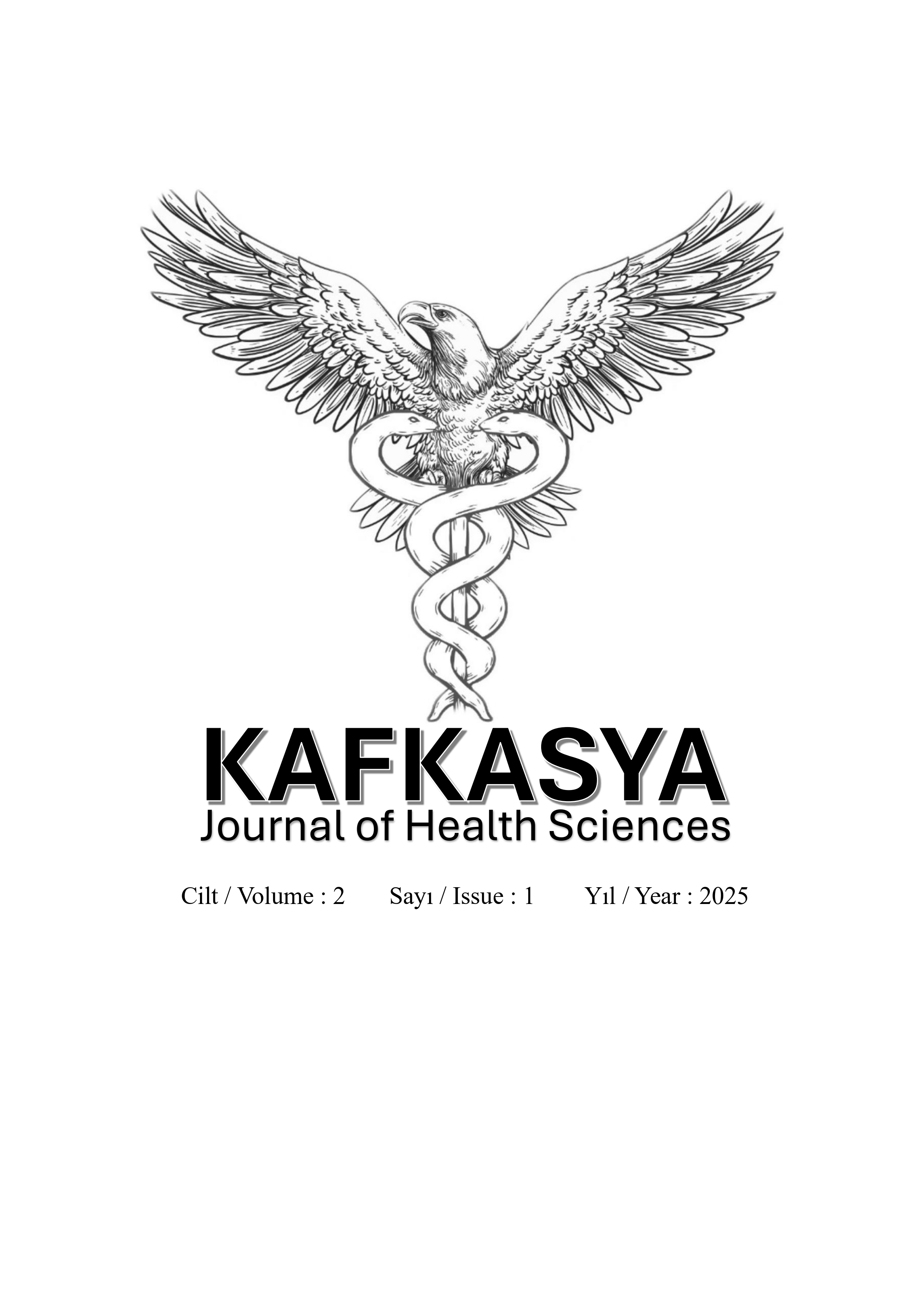Approaches of The European Union and Its Member States in Addressing the Stray Dog Issue
DOI:
https://doi.org/10.5281/zenodo.15700874Keywords:
Animal protection, dog welfare, legislation, population control, regulatory frameworksAbstract
In this study, the definition of stray dogs, population control strategies, and the legal framework regarding stray dogs are examined within the scope of the approaches adopted by the European Union and its member states in addressing the stray dog issue. Additionally, the policies, strategies, and innovative approaches developed by the European Union concerning stray dogs are analyzed, with examples from member states provided. Notably, successful country examples such as the Netherlands are presented as model approaches for effectively addressing the stray dog issue. It is anticipated that the legislation developed by the European Union on the stray dog problem could serve as a guide for future regulations and implementations in our country, which forms the basis of this article.
References
Adriani, S., Bonanni, M., & Amici, A. (2011). Is the Italian strategy to face the problem of stray dogs sustainable? A case study of two small municipalities in central Italy. Julius-Kühn-Archiv, (432), 103.
Council of Europe. (1987). European Convention for the Protection of Pet Animals. European Treaty Series - No. 125, Strasbourg.
Council of the European Union. 2024. Opinion on the proposal for a regulation of the European Parliament and of the Council on the prevention and control of certain diseases in animals.
DogsToday staff. (2021). Welfare first for stray dogs in Romania. Dogstoday Magazine.
Eberlein F. 2019. How the Romanian overpopulation of strays became the gateway to brutal business. Artefact Magazine.
Casas Escudero, E. (2020). Zero stray dogs. Possibility or utopia?. Final degree project, Faculty of Veterinary Medicine, Universitat Autonoma de Barcelona.
European Commission. (2024). Commission staff working document summarizing evidence supporting the legislative proposal on the welfare of dogs and cats and their traceability.
European Pet Food Industry Federation. (2024). FEDIAF European Pet Food Annual Report 2024.
European Union. (2024). Pet travel: Bringing your pet to the EU.
Europetnet. n.d.. About Europetnet.
Flemish Government. (2022). Opinion guidance: Import of stray and shelter dogs.
Friz, D. (2020). Catch neuter release and pet overpopulation management in Southern Italy. Journal of Applied Animal Ethics Research, 2(1), 94-100.
Guseva, V. (2013). Dog ownership through the eyes of stray dog: property rights and the stray dog population. Undergraduate Honors Theses. Paper, 370.
Hiby, E., Rungpatana, T., Izydorczyk, A., Rooney, C., Harfoot, M., & Christley, R. (2023). Impact assessment of free-roaming dog population management by CNVR in greater Bangkok. Animals, 13(11), 1726.
International Companion Animal Management Coalition. (2019). Humane dog population management guidance.
Jackman, J., &Rowan, A. (2007). Free-roaming dogs in developing countries: The benefits of capture, neuter, and return programs. In D.J. Salem & A.N. Rowan (Eds.), The state of the animals 2007. Washington, DC: Humane Society Press, pp. 55-78
Levi, D. (2019). Evolution of stray dog’s control in Italy. Journal of Applied Animal Ethics Research, 2(1), 85-93.
Meli, S. (2022). International Best Practice: Possible Solutions of the Stray Animal Problem (Doctoral dissertation). University of Veterinary Medicine Budapest, Center for Animal Welfare.
Ophorst, S., Aarts, N., Bovenkerk, B., & Hopster, H. (2023). Dogs in Dutch Media: Exploring Public Opinion As A Step Toward Solving Dog Welfare Problems. society & animals, 1(aop), 1-20.
Pacella C. 2023. Stray dogs in Italy: There’s a problem. Medium.
Papavasili, T., Kontogeorgos, A., Mavrommati, A., Sossidou, E. N., & Chatzitheodoridis, F. (2024). Review Of Stray Dog Management: Dog Days in The European Countries. Bulgarian Journal of Veterinary Medicine, 27(2).
Passantino, A., Fenga, C., Morciano, C., Morelli, C., Russo, M., Di Pietro, C., & Passantino, M. (2006). Euthanasia of companion animals: a legal and ethical analysis. Annali dell'Istituto superiore di sanità, 42(4), 491-495.
Passantino, A., Russo, M., & Coluccio, P. (2010). Canine leishmaniosis and euthanasia in Italy: a critical legal-ethical analysis. Revue scientifique et technique, 29(3), 537–548.
Pencea, R., & Brădăţan, T. (2015). Stray Dogs in Romania: Policies, Legal Framework and Solutions. Friedrich-Ebert-Stiftung Romania.
Rasquinho, S. (2023). EU working on standardized measures for stray animals. Anadolu Agency.
Sawbridge, F. (2023). How did the Netherlands become the first country without stray dogs. Recuperado de: https://dutchreview. com/culture/how-did-the-netherlands-become-the-first-country-to-have-no-stray-dogs.
Zahiragić, N. (2024). Sustainable fashion in Bosnia and Herzegovina: environmental and social responsibility (Doctoral dissertation, [N. Zahiragić]).
Smith, L., Kartal, T., Rawat, S., Chaudhari, A., Kumar, A., Pandey, R. K., ... & Collins, L. (2025). Changes in free-roaming dog population demographics and health associated with a catch-neuter-vaccinate-release program in Jamshedpur, India. bioRxiv, 2025-01.
Sternheim, I. (2012). How Holland became free of Stray dogs. Isis, 2-9.
Tasker, L. (2007). Stray animal control practices (Europe). WSPA and RSPCA Report, 584.
The Food and Agriculture Organization. (2014). Dog population management. Report of the FAO/WSPA/IZSAM expert meeting - Banna, Italy, 14-19 March 2011. Animal Production and Health Report. No. 6, Rome.
Voslářvá, E., & Passantino, A. (2012). Stray dog and cat laws and enforcement in Czech Republic and in Italy. Annali dell'Istituto superiore di sanità, 48, 97-104.
Wink E. (2017). The global stray dog population crisis: A comparative analysis of Romanian and Indian stray dog legislation in light of the OIE standards on stray dog population control. Autonomous University of Barcelona, Faculty of Law, Department of Public Law and Historical and Legal Sciences.
World Organization for Animal Health. (2018). Terrestrial animal health code.
World Organization for Animal Health. (2023). Meeting report: Sub-regional seminar for Balkan countries on stray dog population management, Croatia, 2023.

Downloads
Published
How to Cite
Issue
Section
License
Copyright (c) 2025 Kaan Gündoğmuş, Hasan Alpak

This work is licensed under a Creative Commons Attribution 4.0 International License.
The journal is licensed under a Creative Commons Attribution-NonCommercial-NoDerivatives 4.0 International (CC BY-NC-ND 4.0)
You are free to:
- Share — copy and redistribute the material in any medium or format
- The licensor cannot revoke these freedoms as long as you follow the license terms.
Under the following terms:
- Attribution — You must give appropriate credit , provide a link to the license, and indicate if changes were made . You may do so in any reasonable manner, but not in any way that suggests the licensor endorses you or your use.
- NonCommercial — You may not use the material for commercial purposes .
- NoDerivatives — If you remix, transform, or build upon the material, you may not distribute the modified material.
- No additional restrictions — You may not apply legal terms or technological measures that legally restrict others from doing anything the license permits.
Notices:
You do not have to comply with the license for elements of the material in the public domain or where your use is permitted by an applicable exception or limitation .
No warranties are given. The license may not give you all of the permissions necessary for your intended use. For example, other rights such as publicity, privacy, or moral rights may limit how you use the material.
Notice
This deed highlights only some of the key features and terms of the actual license. It is not a license and has no legal value. You should carefully review all of the terms and conditions of the actual license before using the licensed material.
Creative Commons is not a law firm and does not provide legal services. Distributing, displaying, or linking to this deed or the license that it summarizes does not create a lawyer-client or any other relationship.
Creative Commons is the nonprofit behind the open licenses and other legal tools that allow creators to share their work. Our legal tools are free to use.


